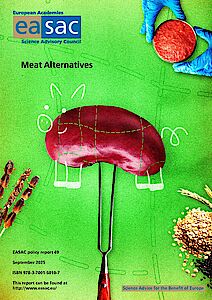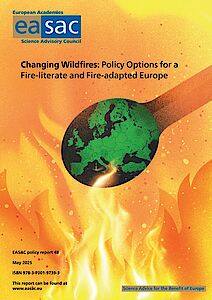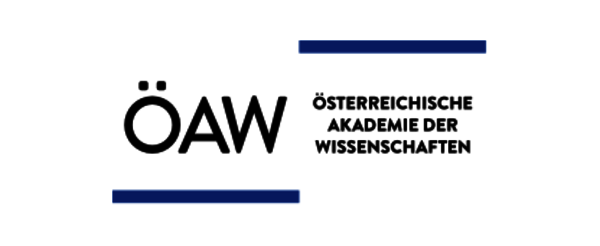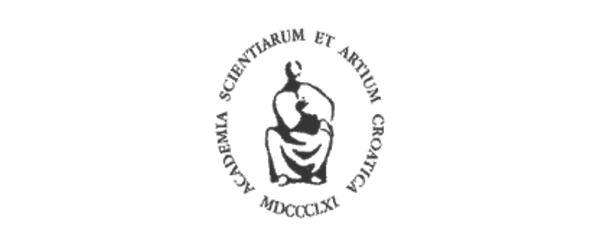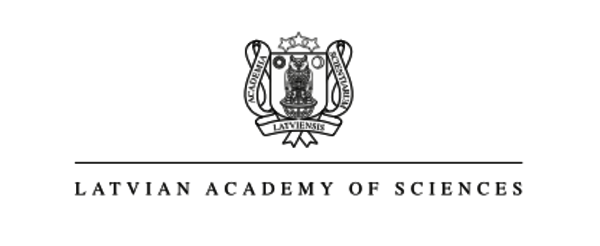Publications
Review of MVV Report on Alternative Automative Fuel
Abstract:
This review has been prepared under the terms of a contract between EASAC and STOA, which provides for EASAC to undertake peer review of the scientific aspects of reports commissioned by STOA from external consultants. The task assigned to EASAC is to give expert, independent comment on the report in question: it is not our role in this instance to draw conclusions about the issue under consideration, nor to make policy recommendations.
The report being reviewed is entitled Alternative automotive fuels supply, technological and environmental scenarios to 2030 (December 2003). It was written, under contract to STOA, by MVV Consultants and Engineers.
SUMMARY OF REPORT
The report takes as axiomatic that the key determinant of how automotive fuels will develop between now and 2030 is the limited availability of energy sources. It assumes that mineral oil will become scarce in the second quarter of the century and explores whether it will be replaced through a process of gradual evolutionary development or through new technologies and new fuels, and how changes in personal and social priorities will affect the outcome. The fuels of most interest to the authors are natural gas, biofuels, hydrogen, synthetic fuels and liquefied petroleum gas (LPG), and the main propulsion technologies are fuel cells and hydrogen combustion.
The authors use two scenarios from Shell International to shape their thinking about future developments. The 'dynamics as usual' scenario gives primacy to evolutionary processes in technology and in society and to the interplay between the two. The 'spirit of the coming age' scenario gives greater weight to the aggressive development of new technology and, specifically, the fuel cell. Both scenarios envisage natural gas playing a major role up to 2030, and renewable energy sources thereafter.
The main conclusion is the need for 'massive intervention by the European Commission' in the form of extensive R&D programmes, tactical support for the market breakthrough of natural gas as an automotivefuel, and changes to market price mechanisms. The goals are faster market penetration of biofuels and natural gas vehicles and major R&D efforts in hydrogen and fuel cells.
back to overview

